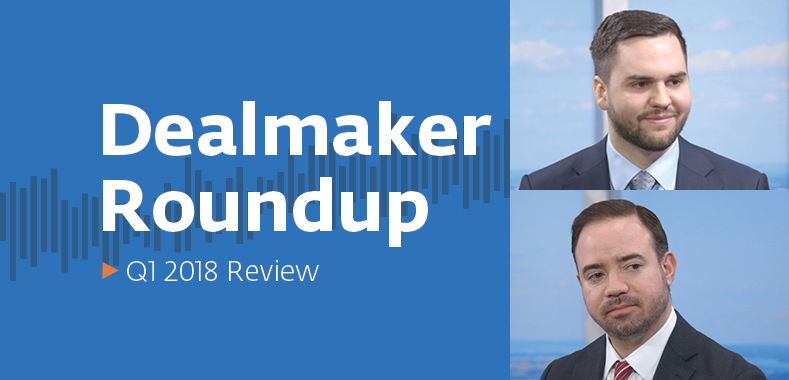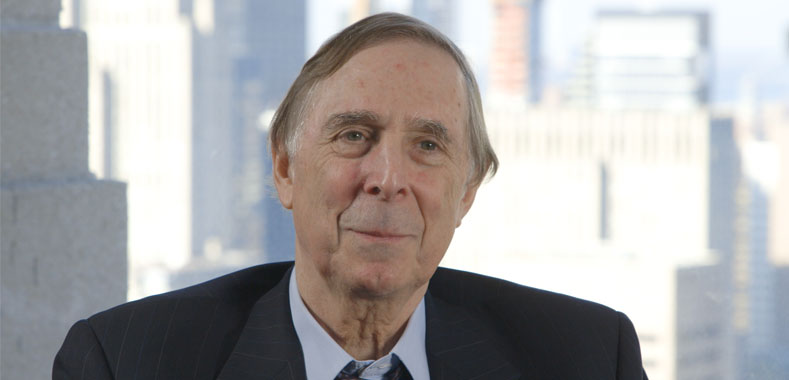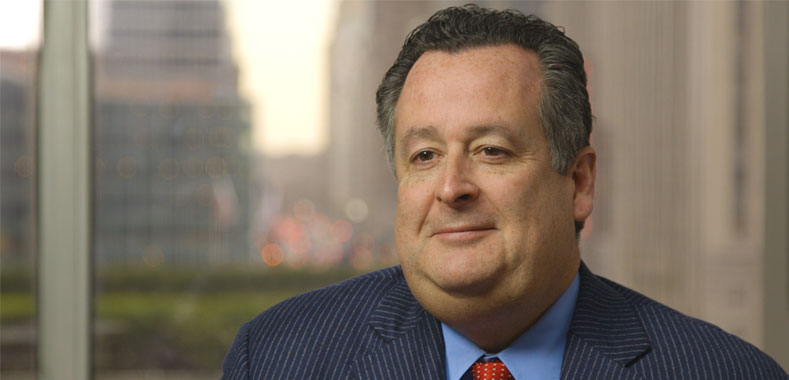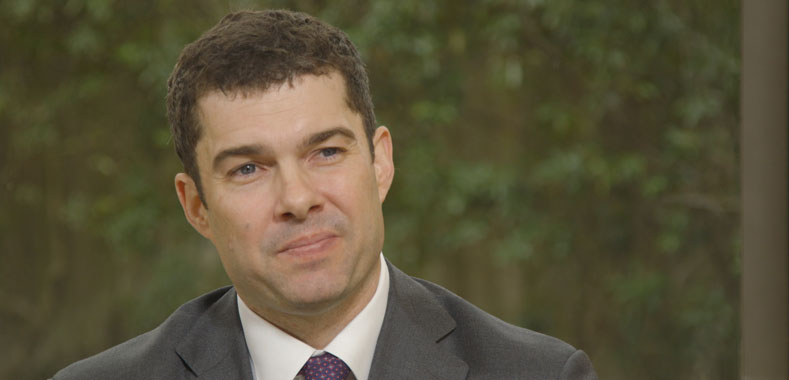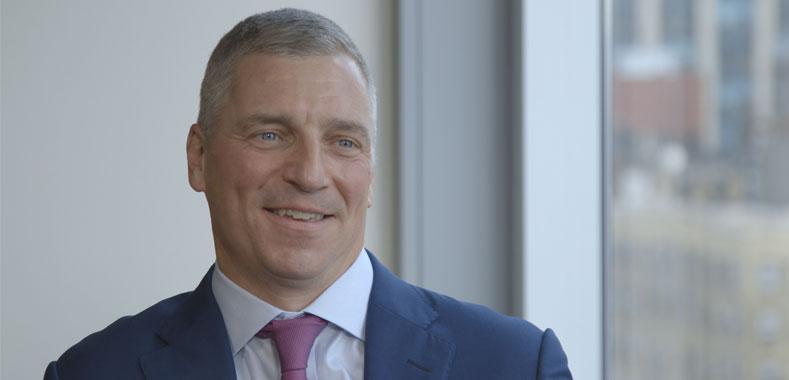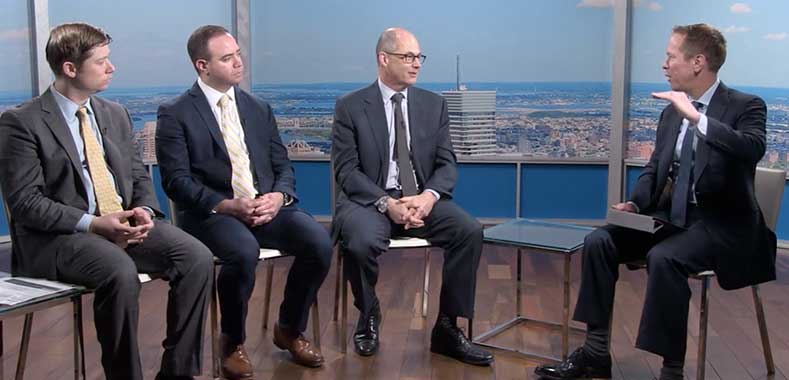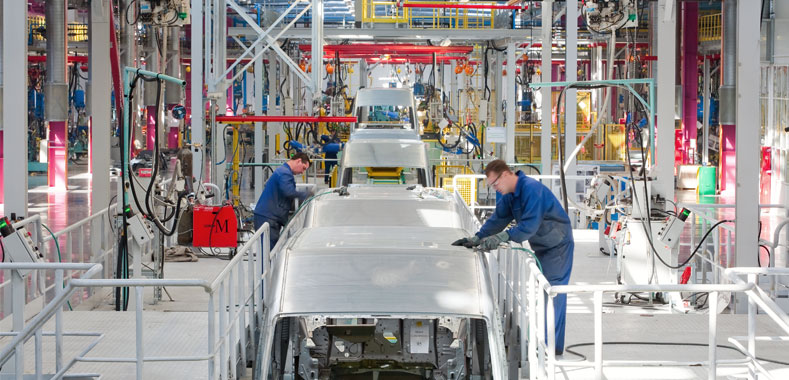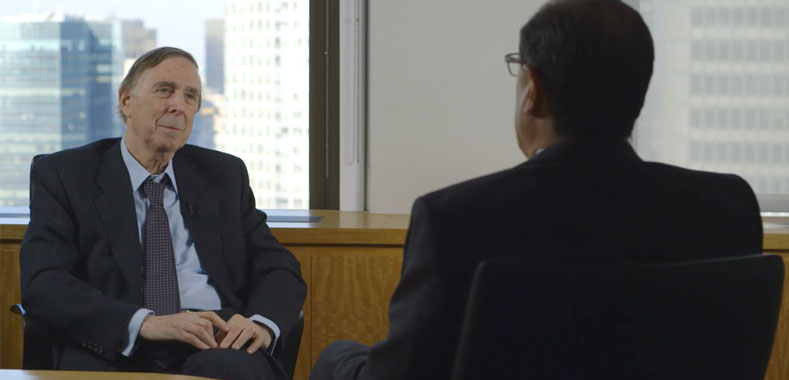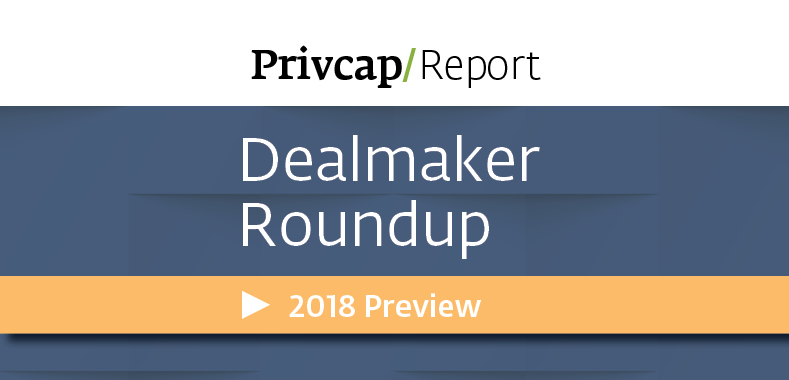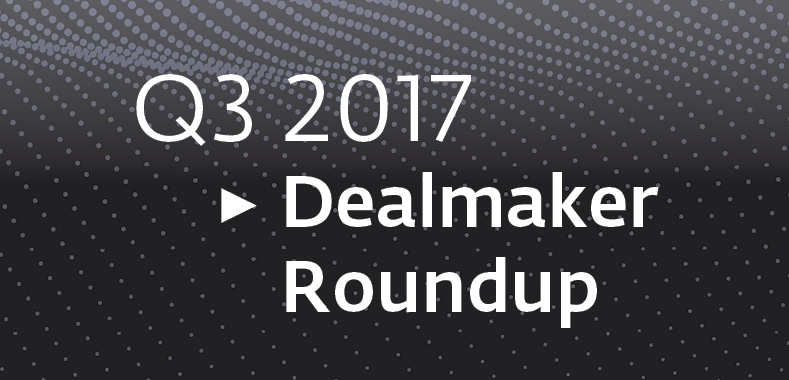Deals 2018: The Mid-Market is on Fire
In this episode of “Dealmaker Roundup,” Jeff Burkett of Harris Williams & Co., Felice Egidio of Preqin, and Michael Fanelli of RSM discuss: Why mega-funds are dipping into the middle-market, why PE exit activity continues to drop, industrials as a hot sector and strategic buyers versus PE buyers.
Transcript Download Transcript
Dealmaker Roundup: 2018 Preview
David Snow, Privcap:
Hello, and welcome to Dealmaker Roundup. I’m David Snow of Privcap Media and today, we’re joined by Felice Egidio of Preqin, Michael Fanelli of RSM, and Jeff Burkett of Harris Williams. Gentlemen, welcome to Privcap. Thanks for being here.
Jeff Burkett, Harris Williams & Co.:
It’s a pleasure.
Michael Fanelli, RSM US LLP:
Thank you.
Felice Egidio, Preqin:
Thanks for having us.
Snow: We’re talking about private equity deal activity around the world. [As] we are just beginning 2018, I’d love to hear your thoughts on what is driving deal activity going forward and what you think the big trends are. Why don’t we start with the observation that the U.S. middle market private equity deal market is on fire? There’s just a tremendous amount of activity taking place.
We’ll talk about what’s going on in the mega–deal world in a bit. But Michael, you’re squarely in middle of the U.S. middle market private equity deal market. Tell me what you’re seeing there. What does your pipeline look like for 2018?
Fanelli: Yes, it’s just starting off. 2017, to your point, was our highest-volume calendar year to date. The middle market just continues to be on fire, both within private equity and within the corporate strategic buyer space. 2018 is looking to be pretty hot, as well. We’re at full capacity, and it looks like 2018 is going to continue.
The interesting thing, too, is [that] it seems to be across, basically, all industry sectors.
Burkett: I’d echo a lot of what Michael said. 2017 was a record year for Harris Williams—more transactions in ’17 than any other year to date. Transaction volume was up 20%, year over year, in terms of aggregate deal value. We’re seeing broad-based activity, buyers that are well–heeled with equity and debt capital, bidding aggressively on high-quality assets across the board in all of our sectors.
Snow: Felice, Preqin follows the numbers in the global alternative investment asset classes. Let’s talk a bit about the dichotomy in the private equity market, between what you could call the lower middle market, the middle market and mega–deals. It’s notable that deals under $100 million in value comprise the bulk, or even the majority, of deals done in 2017.
Yet, the overwhelming amount of capital being raised for private equity is being raised by large mega–funds. It seems that capital is not getting put to work at the same pace that they’re raising it, so are people worried that this now $1-trillion heap of dry powder is getting a little bit unwieldy?
Egidio: The mega–funds are driving dry powder figures up, significantly. That’s why we’re able to hit that over $1-trillion dry powder figure, but in terms of the overall deal marketplace, we’ve spoken with a lot of fund managers and institutional investors. Valuations remain a high concern, so entering the marketplace at this time with the asset prices is a little chaotic, so a lot of fund managers are sitting back on their capital and waiting to actually find the right pricing point to enter on the marketplace.
Burkett: We’re seeing a lot of those larger funds come down into the middle market and what is a good size asset for us, or even a larger asset, is one of the smaller assets for these larger mega–funds. They have a much bigger thesis in mind, for that company, than maybe a middle-market private equity fund would, whether it’s to take it global or to take it into a new market. I think they’re flush with capital and they have the mandate to put it to work.
Snow: Just what the middle market needs, more competition.
Burkett: Right.
Snow: Have you seen any of that—larger firms dipping into smaller deals because they just have to put that capital to work?
Fanelli: Yes, big time. They have to put the capital to work in their typically 10-year fund investment horizon, especially also with the roll-up strategies that people are continuing to entail, which means they’re going to inevitably have to do add-ons in the lower middle market, as well.
It will be interesting to see if we see more take–privates. We saw a lot in 2017, but are we going to see even more take–privates? Or potentially corporate carve-outs—a $1-billion division of a multi-billion dollar company?
Egidio: Yes, I believe public–to–private actually made up about a quarter of all deal–making from our figures that we put out last year, so that actually sounds about right.
Fanelli: Yes.
Snow: Let’s move on to a discussion about private equity exits. Of course, an exit is an important kind of deal in the private equity landscape. It’s when a private equity firm divests itself of a portfolio company. There’s an interesting and possibly worrisome trend among private equity exits.
Fanelli: If a private equity firm won’t sell a portfolio company if it hasn’t executed on its strategy that a plan from the original time when they’ve acquired the business. If they have and if they’ve got 2x, 3x or 4x their money, they will put it into the marketplace tomorrow. You know that from the Harris Williams side of things. If they have something in their portfolio that’s older than, call it, five years, you’d have to be a bit concerned that they haven’t executed on the strategy and potentially the business isn’t growing and/or is maybe on the decline or there isn’t an actual buyer for it.
Snow: Jeff, do you agree with me? What do you think is behind the declining exits in private equity? Given the rising of valuations, generally, you would think that private equity firms would have a motivation to sell almost anything that’s not bolted down to the floor. Why is that not happening?
Burkett: You bring up a really interesting point, that time is becoming less of a key metric for—the company being ripe to sell. If it’s been six years, I think you are starting to see more questions from buyers. “Six years, I wonder what they did over that.” They’re really looking for results and if that’s operational improvements or a new product launch, they want to see actual return for that time.
Egidio: Another issue within the IPO marketplace has to do with the performance of tech IPOs in the past. We look at Snap, we look at Blue Apron—these companies carried lofty valuation expectations. When they hit the public markets, they just—I don’t want to say they tanked, but they struggled. That’s one of the reasons we’re seeing a lot of lack of tech IPOs within the marketplace.
Egidio: There are plans by Sequoia to enter our marketplace with a $6-billion growth fund. These mega–VC funds that are entering the marketplace to compete with the likes of SoftBank … They are participating in large investment rounds and they’re throwing money at, literally, any company that isn’t nailed down, to purchase a significant ownership within that. As an entrepreneur, you get to sit back and say, “I don’t need to go public.”
Snow: Why don’t we move on to a discussion of a sector of the economy that has seen quite a lot of deal activity? In fact, it’s the leading sector in which private equity deals are done and that’s industrials.
Jeff, can you talk a bit about what is behind the surge in deal–making and in industrials—notwithstanding that there’s a surge in general but what are some of the themes that you’re seeing within industrials?
Burkett: Lest we not forget that in 2015 and even into ’16, there was a bit of an industrial recession. Now, the overall economy was humming along and kind of masked that, but I think ’17 was a really powerful year for industrials, within a number of sub-verticals. In particular, the convergence of technology into all of these sub-sectors is a very real phenomenon. Industrial was very, very strong in 2017. I think that recession unwound itself, which actually plays into my specific sector of focus, transportation and logistics.
When goods move through the supply chain and through the economy, we certainly saw that industrial pick up, not only from deal activity, but through the companies we represent, within transportation and logistics.
Snow: Transportation deal activity tends to follow the rise and fall of just the general circulation of goods and people, I take it?
Burkett: Yes. If you think about Rail and Marine, those tend to be larger bulk commodities that are making their way in and around the U.S. and globally, for that matter.
Snow: I’d love to hear from all of you what you’re going to be watching most carefully in the deal market in 2018? Corporates have a bunch of cash. They’ll be bringing offshore cash back in. They can certainly invest it in their own business, but I still think we’re going to have a lot of it left, too, to continue to deploy M&A.
In the old days, strategics in general were able to pay more for assets, just because of the assumption of synergies, once the add–on is made. In recent years, private equity firms have actually been paying more, in general, for some assets. Is that still going to be the case? What’s driving that from your perspective, Jeff?
Burkett: The age-old adage is still true in a process where strategic has more synergies to wring out of a transaction than a private equity fund. They, most often, will carry the day. They’re as savvy as those private equity funds, in many cases. They will pay $1, in many instances, more than the private equity fund, but they will and can carry the day, should they want to.
Fanelli: I think the other reason why it’s the strategic versus private equity [is that] private equity’s gone up a bit. Strategic’s gone down a bit, in terms of their pricing models, because of the difficulties with integrations, in the past.
I think some of the large corporate strategic acquisitions that involve massive integrations—there’s probably more realistic expectations about the integration process, because there’s huge execution risk.
Asia, from a macro prospective, is very interesting. A lot of the money in China stays in China. The government has restrictions on the amount of USD investment that can come in, so fund managers are raising RMB, local currency-specific funds to reinvest directly into Chinese technology.
We’re seeing a lot of the deal activity and, to be honest, in 2018, I see it exceeding that. From a PC perspective, we saw China rival the U.S. That’s only going to continue to grow, especially as we have these mega–funds that are going to be reinvesting.




